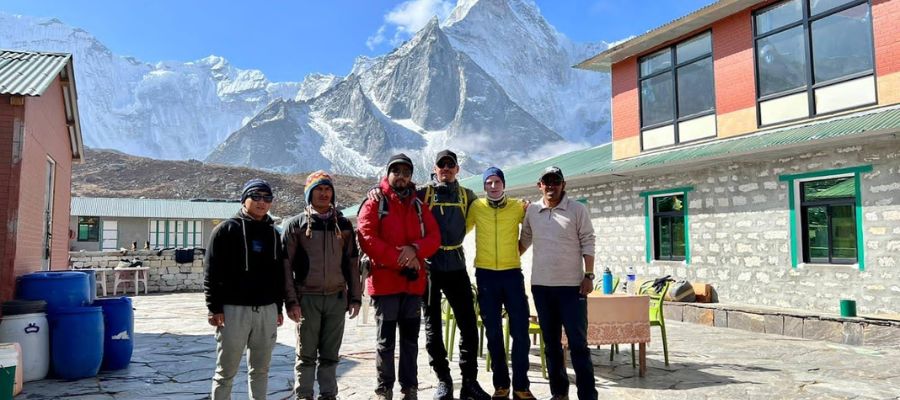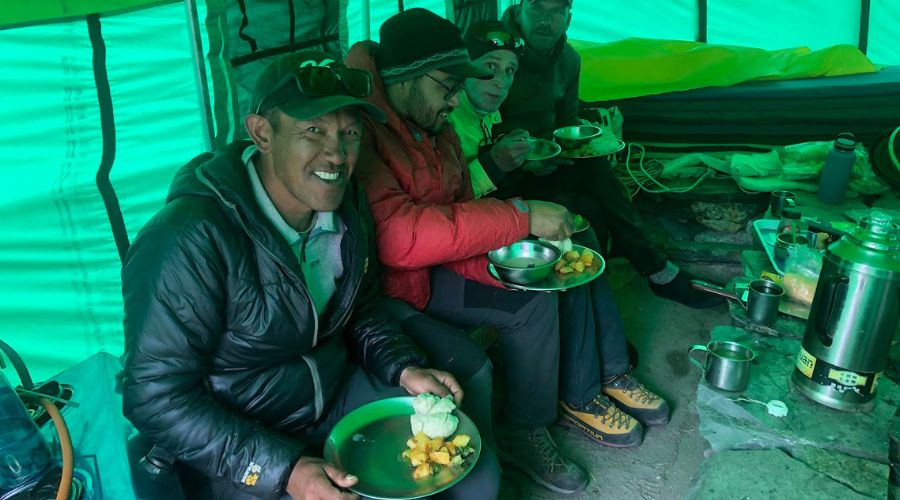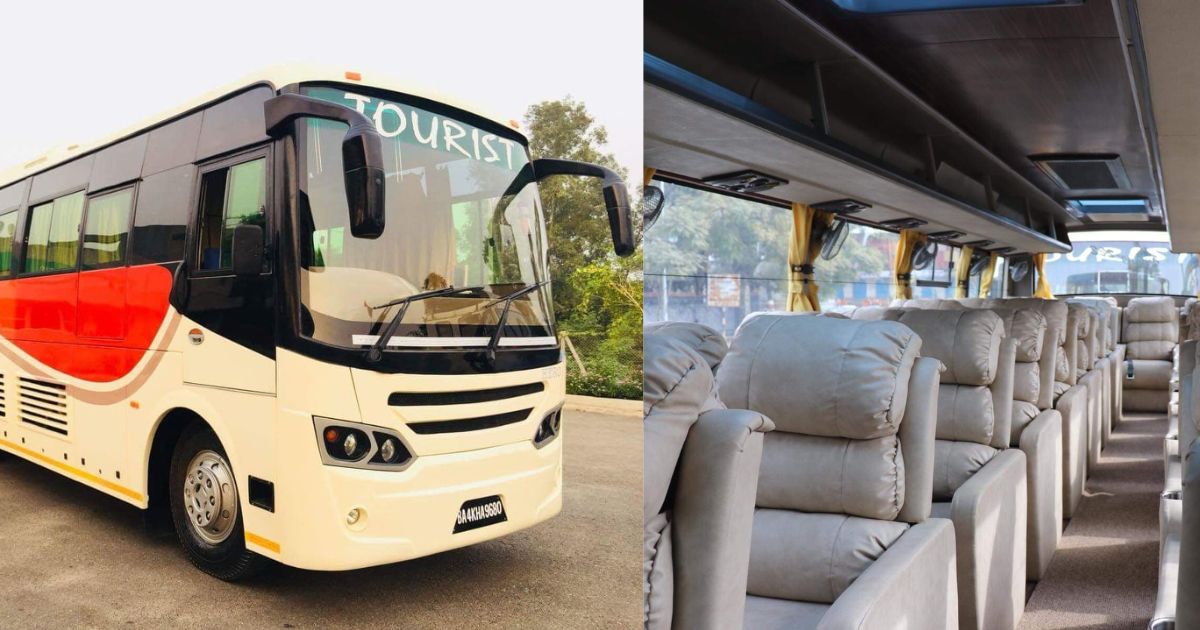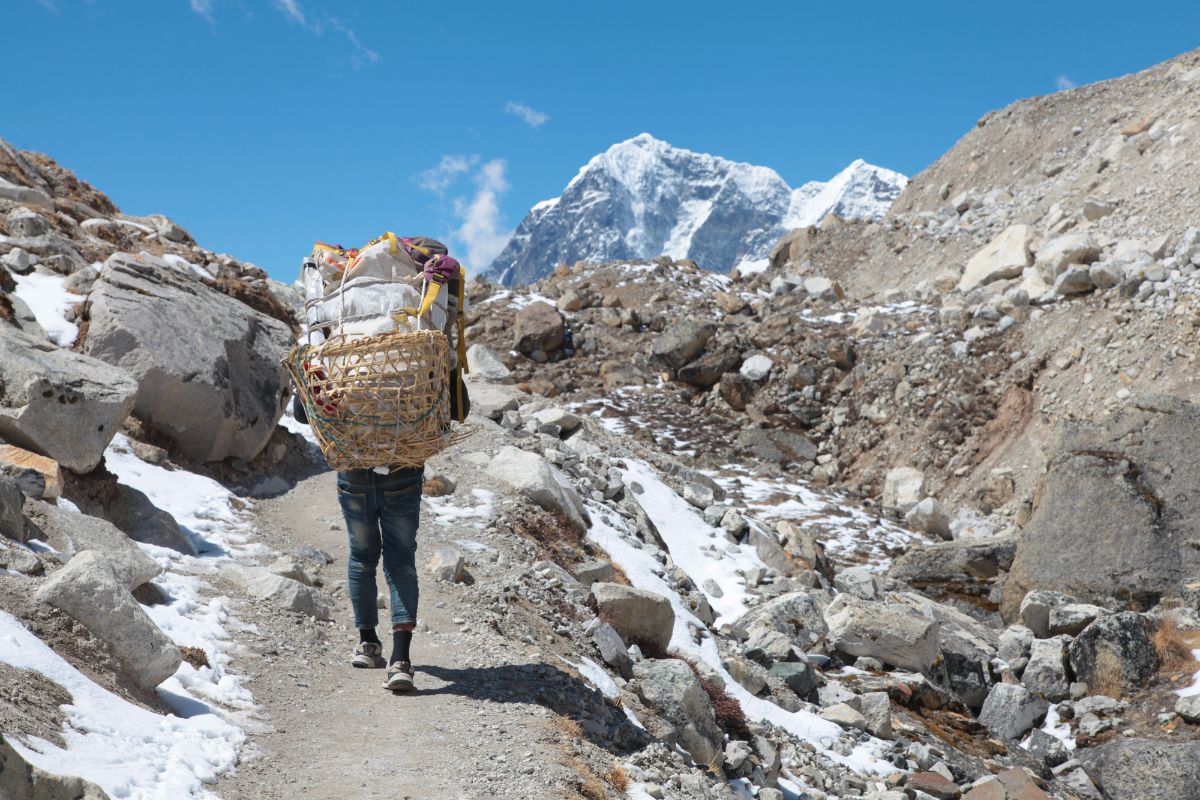
Economical Everest? Realities of low-cost trekkings in Nepal?

Economical Everest? Realities of low-cost trekkings in Nepal?
swotah travel
721
20, 12 2023
Aren’t we all guilty of spending hours comparing all the trekking packages available on the internet, looking for a better one at an affordable price? Eventually, most of us end up browsing through the “low-cost” trekking packages. But are these low-cost packages actually what agencies claim them to be, or is there more for you to know? Generally, different aspects of trekking that travel agencies cover differ with the price range.
They just give the title of “package” and provide an estimated total cost. To that one believes your needs throughout the trek are taken care of but in reality, a lot remains uncovered. And the services are most likely to be very poor. So, when you are promised a lower rate, are the agencies generous, or are you being fooled by their tactic to lure in the clients?
In recent years, the flow of both domestic and international tourists/ trekkers has increased drastically. This has resulted in travel agencies coming up with different trekking packages claiming to have better offers than the other travel agencies in the market. The main problem with this practice is the “hidden costs” that are not clearly mentioned upfront but show up later, to your dismay. Even though budget-friendly packages are inviting, it is very important to understand their cons and how they affect your trekking experience.
What are the differences between the so-called “low cost” trekking prices and the premium trekking packages, you might wonder? The main distinction is reflected by the services offered to the trekkers. For a better understanding, let us compare these two packages.

-
Accommodation:
The cheap/affordable trekking packages cover the price of basic accommodation during the trek, for example, lodges and teahouses. These accommodations generally come with shared facilities like dining, bathrooms, and showers (sometimes even shared bedrooms).
Whereas in the case of the premium trekking packages, you get high-end accommodation for example, hotels and modern or upgraded teahouses with private rooms. If you pick the low-cost trekking package and do not like the accommodation arrangements, then you can easily upgrade the rooms during the off-season, but it is not as easy during the peak seasons. For the upgrade and complimentary amenities, however, you do have to pay additional fees, which end up being way more than what you would pay if you just go for the premium package at first. So, it is much easier and cheaper to remember this beforehand and make your choice rather than going through all the hassle during the trek.
-
Food options
Both the low-cost trekking package and the premium trekking package include the basic three meals of the day (at least). The affordable option has a very limited range of food options and simple meal plans. Menus here are not modified according to your dietary preference.

The premium packages have a wider range of food options with a higher quality menu and can be modified according to your wants or needs. Most premium trekking packages serve you with gourmet meals (in the areas where they are available).
-
Transportation services
Budget-friendly trekking packages provide shared public transportation, on the other hand, the premium one provides private vehicles. Low cost for transportation at times means less comfortable paths and little to no flexibility in terms of mode of transportation and scheduling them.

-
Guides and porters
Since there has been a “no solo trekkers” rule implemented in Nepal since April 1st, 2023, guides have become mandatory. Therefore, it is necessary to hand your safety in the right hands after all, you are entrusted to the guides and porters through the entire trek.

So the main problem with the budget friendly packages is less qualified and less experienced guides. Here, mostly local guides are at the trial with you, this increases the language barrier as they mostly aren’t able to communicate in English fluently. With the premium packages, you get certified and well-experienced guides who are properly trained to communicate in English which makes the trekking experience better. They have better knowledge of the shorter trails and history of the places you are to visit.
-
Trekking gears and types of equipment
All types of trekking packages do need to provide you with all the trekking gear and types of equipment. But that’s not always the case with budget-friendly trekking packages. They may not mention anything about the gears in packages and later you are taken aback by the realization that you have to get it on your own. In case these low-cost trekking packages do facilitate trekking gear and types of types of equipment, they are most likely used hundreds of times and are not in good condition. The premium packages are well maintained, and a wide range of trekking gear to offer. They even train you on how to use them properly.
This was just a comparison of the services of both the low-cost trekking package and the premium packages. But the main issue with the cost-effective trekking offers is the HIDDEN COST. Hidden costs are the expenses that are not mentioned clearly in the packages, but you are liable to pay them as the trek proceeds. Some of the most known hidden costs are seen in the following places:
-
Permits and entry fees are not always included
-
Prices for the transportation
-
Cost of additional time investment
-
Tips and Gratuities
-
Insurance gaps
-
Emergency service
-
Permits and Entry frees
Foreigners are required to get permits and pay some form of entry fee. Likewise, one is obliged to have a restricted area permit to trek through the restricted areas of Nepal. To lower the trekking cost, the agencies do not mention the permits and entry fees but you for sure are paying for them later on the trek. So, you see, cheaper is not always better after all. We suggest you inquire about all the permits needed before the trek and ask the agencies upfront if it is included in the package.
-
Prices for the transportation
Some of the low-budget trekking packages do not include the transfer cost from the airport to the hotel or the starting point of the trek. This reduces the total cost when it is looked at as a package, but know that it is an addition to the hidden expense for you.
-
Cost of additional time investment.
The point highlighted here is the poor trekking planning of the low-budget treks. Simply put, when the preparations and poor selection of trails/routes are not customed according to your needs you may spend more time on the trail than estimated. This means more expenses for food and accommodation as the number of days increases. Surprise! Surprise! Another aspect to take you aback with extra spending.
-
Tips and Gratuities
There is no as such official rule in Nepal for tips to guides and porters. Over the years, it has become more of a customary practice. It is all about how much you want to tip the guide based on the satisfaction of the services provided. The known practice is to tip about 5% to 10% of the total expense of the trek. The tips and gratuities are not touched by the trekking package’s fee so keeping that in mind know that a few extra bucks are lost here.
-
Insurance gaps
Travel agencies do not cover any of your insurance expenses. These travel insurances are not explicitly mentioned in the service. What most agencies do for you is hook you up with a good travel insurer that meets all of your needs. This may not seem like that big of a problem, but it is bizarre in case of accidents leading to medical emergencies. Agencies do not step forward to cover your medical bills and medical attention at higher altitudes, and without insurance, it costs a fortune.
-
Emergency services
Amidst the Himalayas, everything changes within a split second. There are many unforeseen circumstances that one may go through, like landslides, avalanches, floods, damaged roads or trails, and, most importantly, altitude sickness. In case one member of a group gets altitude sickness there is only so much time spared acclimatising before leaping for the next destination. In all the circumstances mentioned above, there is a need for immediate helicopter evacuation which is not covered by the low-budget trekking services. The two viable options are getting insurance and offering helicopter evacuation or being exposed to another hidden cost as you spend a fortune for immediate rescue.
Ethical Employment practices
Another sad reality of low-cost treks is the unethical employment practices. This means the cheap labour of the porters and, at times, even animals. The standard weight limit on the trail set by the government of Nepal for porters is 35 kg / 77lbs. But this is not a practised weight limit as of 2023/2024.

To reduce the total cost of the trek, the budget-friendly trekking agencies make their porters carry way more than they are supposed to and pay them very little. They are mistreated and not given proper food and accommodation in the trek. Some agencies make animals transport goods and your luggage which would not be a bad thing if animals were treated well. Therefore it is on us to make sure neither porters nor animals are being overworked just so you can save a few bucks.
Conclusion
In conclusion, when considering a trekking adventure in Nepal, it's crucial to see beyond the initial allure of low-cost trekking packages. While they may seem financially attractive, these packages often come with hidden costs and compromises on quality, which can significantly impact your experience. From substandard accommodations and limited food options to less experienced guides and inadequate trekking gear, the drawbacks of budget packages can't be ignored. More importantly, they often involve unethical employment practices, which is a serious concern.
This is where the concept of value-based trekking packages becomes essential. By choosing a value-based package, you're not just ensuring a comfortable and hassle-free trekking experience; you're also contributing positively to the local economy. These packages typically include fair wages for guides and porters, better accommodation, high-quality meals tailored to your dietary needs, and reliable transportation services. Moreover, a value-based approach means investing in ethical travel practices, which ultimately enhance your overall experience by ensuring that you're traveling responsibly and sustainably.
Swotah Travel is a prime example of an agency that prioritises value-based trekking packages. Our approach focuses on offering a comprehensive and authentic trekking experience without compromising on quality or ethics. We ensure that every aspect of the trek, from accommodations and meals to guides and transportation, is carefully curated to provide the best possible experience while respecting the environment and local communities. By choosing Swotah Travel, you're not just planning a trek; you're investing in a journey that's rewarding, responsible, and enriching. So, if you're looking to explore the majestic trails of Nepal, consider us for an unforgettable and conscientious trekking adventure.
FAQs
-
What are essential factors often excluded from the low-budget trekking packages?
Permits, Qualified guides and porters, Transfer Transportation, a good set of trekking gear and types of equipment, medical emergencies etc.
-
How much should I realistically budget for a week?
Including basic food and accommodation, permits, guides, and transportation, a week-long budget is approximately $500 to $650.
-
Are there any unexpected permits or fees I should be aware of?
Yes, there can be instances where you do not know about some permits needed. Some of the places for unexpected extra fees are Wi-Fi, hot showers, charging electrical devices, etc.
-
What are the signs of a potentially unsafe budget?
Signs of a potentially unsafe budget are no mention of permits beforehand, a luxury too good to be true in the given price range, no pickup and drop from and to the Airport, no trace of need for insurance, and so on.
-
How can I ensure my trek is environmentally friendly?
To ensure your trek is environmentally friendly, follow responsible trekking.
NEWSLETTER SIGNUP
Sign up to receive our trip ideas and travel offers!
Get updates and Exclusive Offers up to 20% Discount








